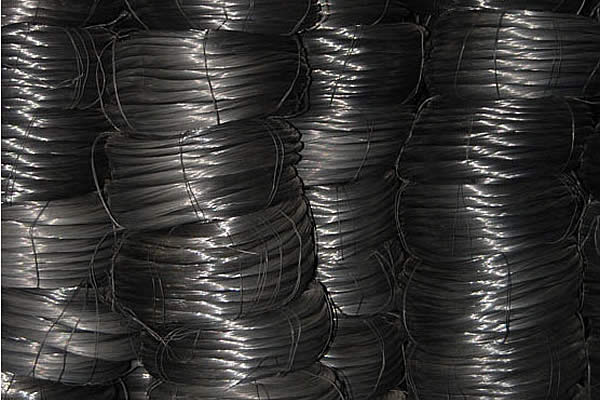 TEL:
+86-13102802206
TEL:
+86-13102802206
 Email:
fencenetting@china.com
Email:
fencenetting@china.com
 Language
Language
 TEL:
+86-13102802206
TEL:
+86-13102802206
 Email:
fencenetting@china.com
Email:
fencenetting@china.com
 Language
Language


Understanding Short Gabion Walls An Innovative Solution for Landscape Design and Erosion Control
In contemporary landscape design and civil engineering, short gabion walls have emerged as an effective and aesthetically pleasing solution for various applications. Gabions, which are essentially wire mesh baskets filled with rocks or other materials, offer a myriad of benefits ranging from erosion control to decorative landscaping. This article delves into the characteristics, advantages, and applications of short gabion walls, shedding light on their significance in modern design.
What are Short Gabion Walls?
Short gabion walls typically stand at a height of less than 3 feet, making them ideal for different landscape applications. They are constructed using robust wire mesh, which is filled with rocks, stones, or other aggregate materials. The structural integrity of a gabion wall is derived from the weight of the stones and the confinement provided by the mesh, making them highly effective at resisting lateral earth pressures and providing support for sloped terrain.
Advantages of Short Gabion Walls
1. Erosion Control One of the primary advantages of short gabion walls is their ability to control soil erosion. They act as barriers that slow down water runoff, allowing sediments to settle and preventing them from being washed away. This is particularly beneficial in hilly or sloped areas where erosion can be prevalent.
2. Aesthetic Appeal Unlike traditional concrete walls, short gabion walls offer a natural appearance that can blend seamlessly into the surrounding environment. The use of locally sourced stones allows for a personalized touch, enhancing the landscape's overall beauty. Homeowners and designers often utilize gabion walls as decorative features, adding texture and interest to outdoor spaces.
3. Durability and Low Maintenance Gabion walls are extremely durable and can withstand harsh weather conditions. The materials used in constructing these walls are typically resistant to decay, meaning they can last for decades without requiring significant maintenance. Unlike wood, which may rot, or concrete, which can crack, the longevity of gabions makes them a cost-effective solution in the long run.

4. Environmental Benefits Gabion walls are eco-friendly as they utilize natural materials that can blend into their surroundings. Furthermore, they can promote the growth of vegetation by providing a stable foundation for planting seeds and other greenery. Over time, this helps restore natural habitats, contributing positively to the environment.
5. Versatility Short gabion walls can serve multiple functions depending on their design and placement. They can be used as retaining walls, garden borders, noise barriers, and decorative features. Their versatility makes them suitable for residential properties, parks, and commercial developments alike.
Applications of Short Gabion Walls
Short gabion walls find utility in various settings. In residential landscapes, they can be used to create terraces, define garden areas, or serve as decorative planters. In larger commercial projects, they can be utilized for erosion control along slopes or riverbanks, ensuring stability while enhancing the natural aesthetic of the area.
Moreover, short gabion walls can play a critical role in sustainable engineering practices. By integrating these structures into construction projects, developers can minimize environmental impact while promoting natural drainage and reducing soil erosion.
Conclusion
Short gabion walls represent an innovative blend of functionality and aesthetics. Their ability to control erosion while providing an organic visual appeal positions them as a favored choice in landscape design and civil engineering. As more people recognize the benefits of this versatile solution, gabion walls are likely to become a staple in environmentally conscious and aesthetically pleasing construction practices. Whether for practical purposes or decorative enhancements, short gabion walls are a valuable addition to any landscape.